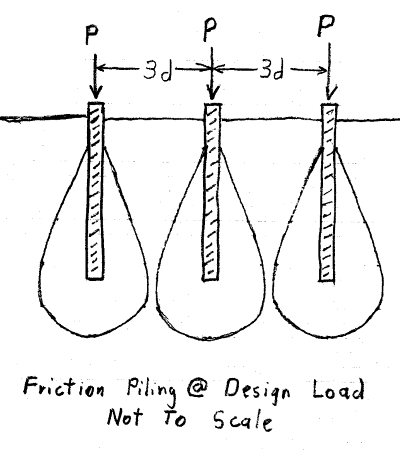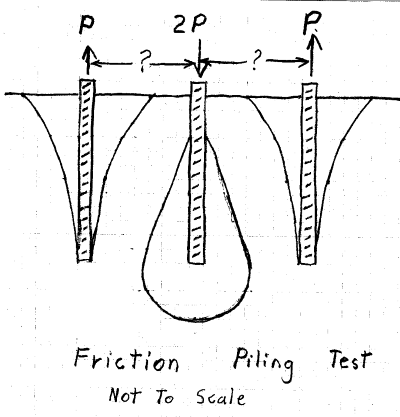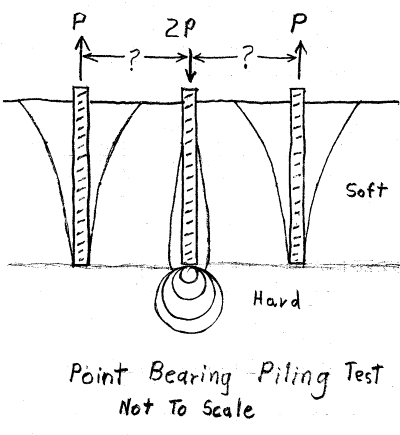When we compare the requirements of compressive axial pile load test of BS standard and ASTM standard, it is observed that the requirements of ASTM are very strict when compared to the BS standard. For instance, ASTM requires that the clear distance between reaction pile and test pile should be a more than 5 times the pile diameter (test pile or reaction, whichever is greater), whereas the BS standard requires only 3 times pile diameter, that too centre to centre. So the difference is too much. Also, the ASTM required calibration of jacks and provision of load cells, and there is no such requirement in BS standard.
I think that the ASTM standard is too conservative. I also see that in US, mostly driven piles are constructed. So there are greater number of piles but less pile capacity. So it is easier to make a smaller platform for the test. Dynamic test is also carried out more frequently so the requirement of static is also reduced.
Please share your opinion.
I think that the ASTM standard is too conservative. I also see that in US, mostly driven piles are constructed. So there are greater number of piles but less pile capacity. So it is easier to make a smaller platform for the test. Dynamic test is also carried out more frequently so the requirement of static is also reduced.
Please share your opinion.

![[idea] [idea] [idea]](/data/assets/smilies/idea.gif)
![[r2d2] [r2d2] [r2d2]](/data/assets/smilies/r2d2.gif)


